The correct position of the brake pedal in the free state and when it is pressed all the way (pedal stroke) is one of the criteria for checking the health of the brake system. At the same time, the position of the pedal largely ensures the correct operation of the system. If the pedal is at a distance from the floor that is greater than the standard, the wheels may not completely release when the pedal is released (usually there is no free play of the pedal). If the pedal is too low, there may be reduced brake performance due to reduced pedal travel. Adjustment of the position of the pedal is not provided, it is provided constructively with the serviceability of all parts of the brake drive. If the position deviates from the nominal, check the condition of all drive parts and assemblies and replace the faulty ones.
You will need a ruler.
To check the position of the brake pedal, perform the following operations.
1. Start the engine, let it idle and depress the brake pedal vigorously several times.
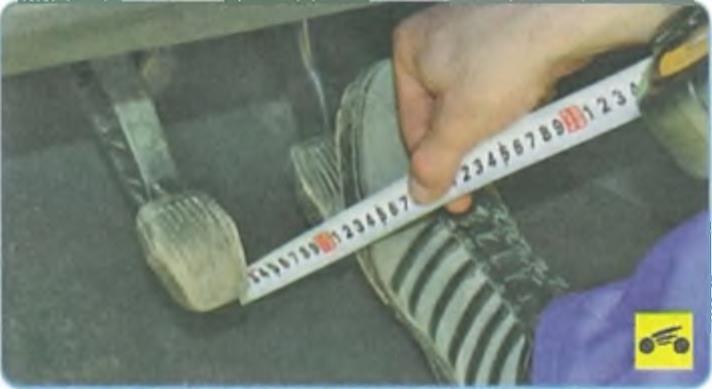
2. Press a brake pedal against the stop and measure distance from an overlay of a platform of a pedal to a floor.
NOTE
The ruler must be installed perpendicular to the floor plane.
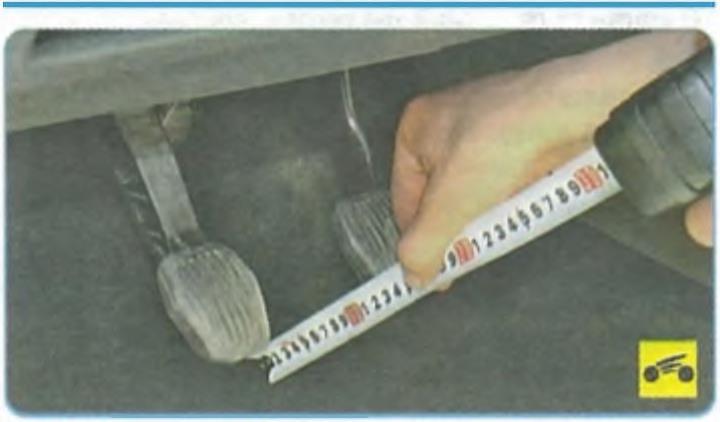
3. Release the pedal and re-measure the distance from the pedal pad to the free floor. This distance should be 140 mm. The difference in dimensions obtained as a result of two measurements is the full stroke of the pedal, which should be 55 mm.
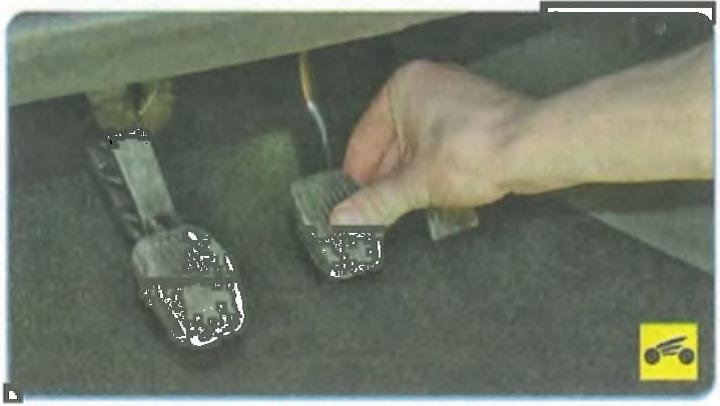
4. Check the free play of the brake pedal, for which move the pedal by hand until the pedal stops moving without resistance. Determine the value of the free play on the ruler, it should be 3-8 mm. The discrepancy between the free play and the specified value can be caused by the following reasons:
- increased play in the connection of the pusher fork of the vacuum booster and the pedal, which may be due to wear of the fork pin;
- seizing of pistons in the main brake cylinder;
- jamming of the plunger in the brake booster.
5. If the pedal travel is greater than the required value, this indicates the presence of air in the hydraulic brake drive or the wear limit of the brake pads or brake discs. Remove air from the hydraulic drive or replace the brake pads, discs.
WARNING
If the pedal, pressed to the stop and held in this position, gradually moves to the floor, it means that fluid is leaking from the hydraulic actuator or the master brake cylinder is faulty. These malfunctions are very dangerous, so find the leak immediately and fix it or replace the brake master cylinder!
Source: Operation, maintenance and repair manual in photographs series "Repair without problems" Third Rome
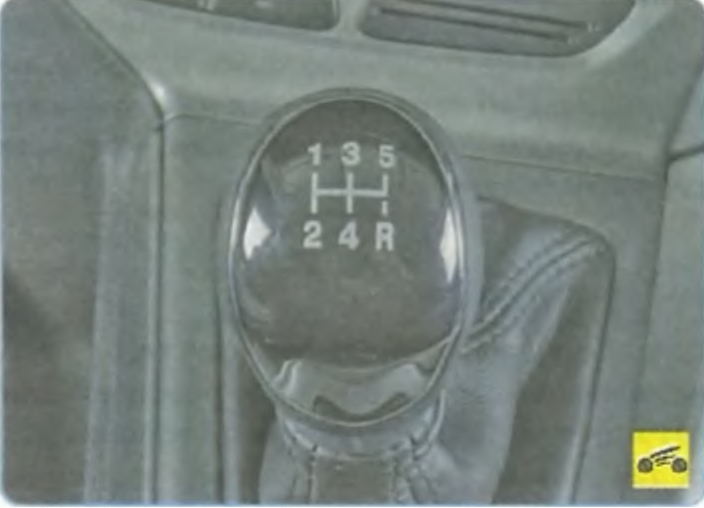

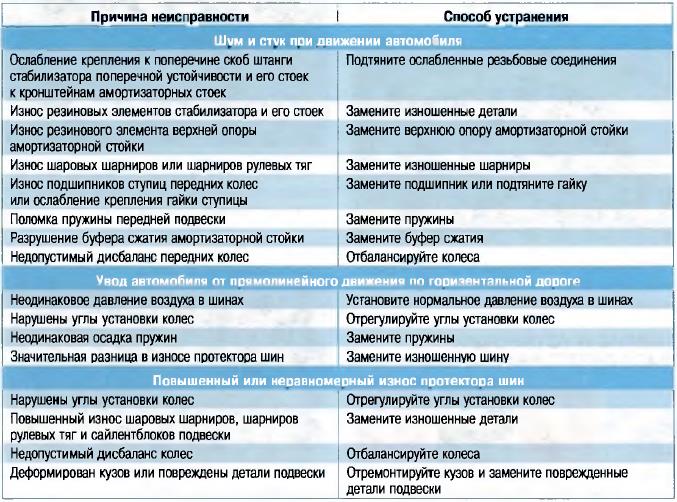
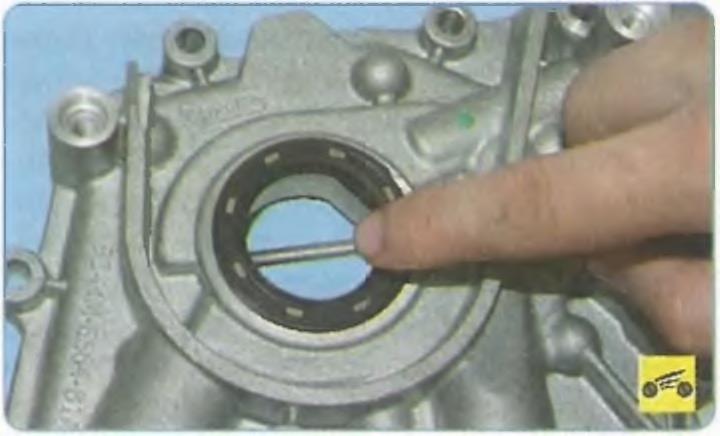
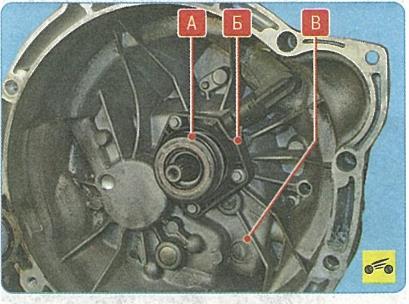
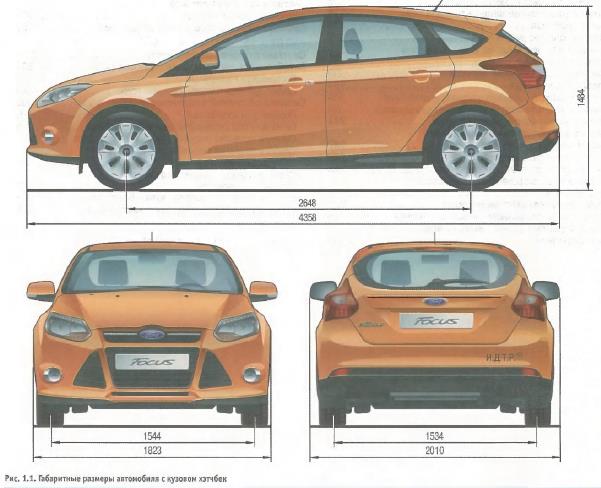

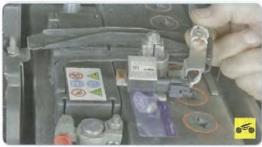
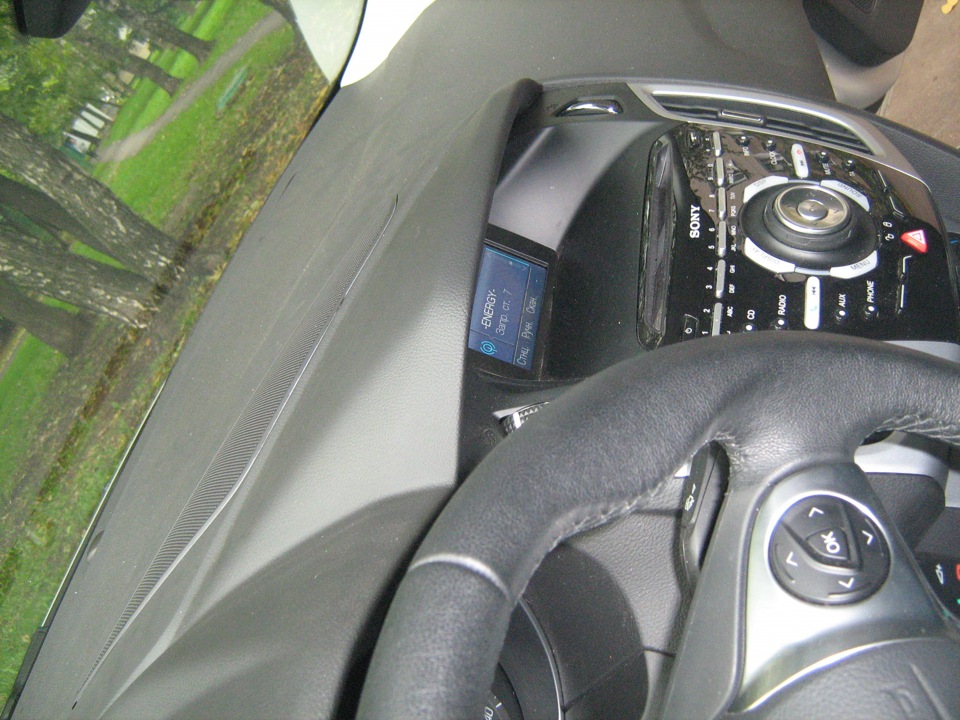
![2 generation [2004 - 2008]](/uploads/Ford_Focus_2_2004_-_2008_.jpg)
![3 generation [2011 - 2017]](/uploads/Ford_Focus_3_2011-2015_.jpg)
